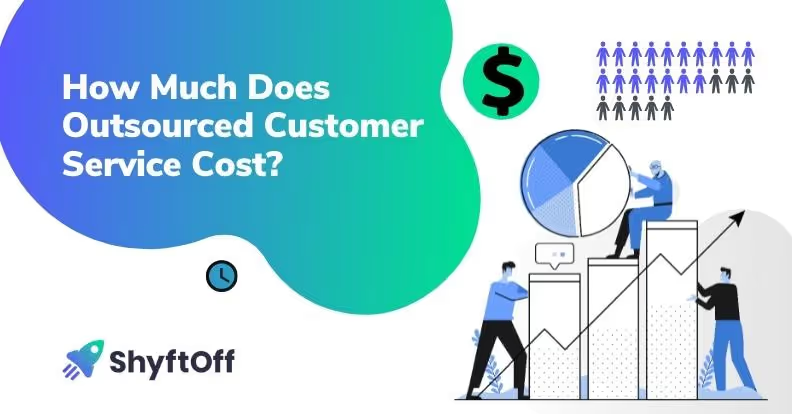- Successful contact centers provide inbound and outbound customer service, multichannel communication, quality assurance, workforce management, strong technology infrastructure, and an inclusive culture.
- As you improve on these basic functions, you should continually monitor KPIs to keep a pulse on performance
- You can improve your contact center operating model by investing in your culture, adopting new technology, encouraging agent empowerment, and improving the customer experience.
Contact centers are evolving as customers adopt new ways to engage with brands. Much like a call center, a contact center is the modern centralized hub that manages customer interactions across multiple channels, including phone, email, social media, chat, text, and more. Contact centers offer customers technical support, customer service, and sales assistance.
When we think of contact center operations, these are the basic functions required to operate a successful contact center. For pros, the latter half of this article will be a refresher with tips on discovering new channels and leveraging on-demand talent to help you meet customer needs. For those new to contact center operations, the first half of the article will focus on the basics of contact center operations with examples of how to do them well.
Let’s get started.
What are the basics of a contact center operating model?
Several essential functions are required for a contact center to be successful. Burnie Group says, “an effective target operating model creates clarity, alignment, and strategic direction for the contact center.”
Inbound and Outbound Customer Service: One of the primary functions of a contact center is to provide excellent customer service and ensure that customers LOVE and want to continue using your product or service. This involves handling inbound customer inquiries and complaints promptly and efficiently and making outbound calls to follow up with customers and resolve any issues.
Multichannel Communication: Today's customers expect to communicate with businesses across various channels, including phone, email, chat, and social media. An effective contact center must be equipped to handle these different channels and ensure seamless communication across all of them. As customers adopt new channels, contact centers must keep a pulse where customers share reviews, tips, feedback, and advice–as this is where most people talk about products and services.
Quality Assurance: Contact centers must ensure that agents provide high-quality customer service by monitoring interactions, providing feedback and coaching, and continuously improving processes.
Workforce Management: Effective workforce management ensures contact centers are staffed appropriately to handle customer demand. This involves forecasting call volumes, scheduling agents, and managing staffing levels in real time.
Technology Infrastructure: Contact centers rely heavily on technology to manage customer interactions, track data, and analyze performance. A well-designed technology infrastructure can streamline operations, improve efficiency, and provide valuable insights into customer behavior. This can include Customer Relationship Management (CRM) tools, email clients, knowledge bases, and social media monitoring tools.
Strong company culture and inclusive workplace: Companies that cultivate a great workplace foster happier agents, leading to happier customers. All the functions made above are instrumental in shaping the company culture. Leaders of contact centers should also ensure they are hiring talent from diverse backgrounds. Fostering a sense of belonging is key to lowering attrition. The sentiment of your agents impacts the way your customers think of you.
This is a 30,000-foot view of the essential functions of an efficient contact center. The best contact centers constantly improve these functions in the customer's best interest. Excelling at these functions can provide exceptional customer service, improve efficiency, and drive business growth.
How to continually improve a contact center operating model?
Invest in training and development for contact center agents: They are the front line of customer service, so investing in their training and development is important. This can include ongoing training on new products, services, and processes, as well as coaching and feedback to help agents improve their performance. By investing in agent training and development, contact centers can improve customer satisfaction and retention rates, as well as agent morale and engagement.
Leverage analytics and data to improve operations: Contact centers generate a vast amount of data on customer interactions, agent performance, and other key metrics. By leveraging analytics and data, contact center operators can gain valuable insights into customer behavior, identify areas for improvement, and make data-driven decisions to optimize operations. For example, contact centers can use data to optimize staffing levels, identify common customer issues, and tailor their approach to different customer segments.
Implement a knowledge management system: Contact center agents often need to access a wide range of information to answer customer inquiries and resolve issues. A knowledge management system can provide agents with a centralized source of information, including product manuals, FAQs, and other resources. By implementing a knowledge management system, contact center operators can improve agent efficiency, reduce training time, and ensure that agents provide accurate and consistent customer information.
Key metrics to monitor the performance of a contact center operating model
Service Level: Service level measures the percentage of calls answered within a certain timeframe. For example, a contact center may aim to answer 80% of calls within 30 seconds. Service level is a critical metric for measuring customer satisfaction and ensuring that customers are not waiting too long.
Average Handle Time (AHT): Average handle time measures the average time that an agent spends on a call, including hold time, talk time, and wrap-up time. AHT is an important metric for measuring agent efficiency and productivity. A low AHT can indicate that agents are efficient and knowledgeable, while a high AHT may suggest that agents need additional training or support.
First Call Resolution (FCR): First call resolution measures the percentage of customer inquiries resolved on the first call. FCR is a critical metric for measuring customer satisfaction and reducing repeat calls. A high FCR indicates that agents are able to resolve issues quickly and effectively, while a low FCR may suggest that agents need additional training or support.
Customer Satisfaction (CSAT): Customer satisfaction measures customers' satisfaction with their experience interacting with the contact center. CSAT can be measured through customer surveys or other feedback mechanisms. A high CSAT indicates that customers are happy with their service, while a low CSAT may suggest improvements in agent performance, processes, or technology.
Net Promoter Score (NPS): Net Promoter Score measures how likely customers are to recommend a company's products or services to others. NPS is a critical metric for measuring customer loyalty and advocacy. A high NPS indicates that customers are highly satisfied and likely to recommend the company, while a low NPS may suggest that improvements are needed in the customer experience.
How to improve your contact center operating model
Implement a customer-centric culture
Contact center operators should strive to create a culture focused on meeting customer needs and expectations. This can involve developing a customer-centric mission statement, providing ongoing training and coaching for agents on customer service best practices, and incentivizing agents based on customer satisfaction metrics. Research has shown that companies with a customer-centric culture outperform their peers regarding revenue growth and customer retention. For example, Zappos, a leading online shoe retailer, has built its brand around exceptional customer service, resulting in a loyal customer base and strong financial performance.
Use technology to improve efficiency
Contact centers can leverage technology to automate repetitive tasks, streamline processes, and improve agent productivity. For example, chatbots can handle simple customer inquiries, allowing agents to focus on more complex issues. Research has shown that using chatbots can reduce customer service costs by up to 30%. Another example is using predictive analytics to anticipate customer needs and proactively offer solutions. Companies like Amazon and Netflix use predictive analytics to recommend products and content to customers based on browsing history and preferences.
Emphasize agent empowerment
Contact center agents are often the first point of contact with customers, so it's important to empower them to make decisions and solve problems. This can involve providing agents with the tools and resources they need to handle customer inquiries and complaints, as well as giving them the authority to make decisions on behalf of the company. Research has shown that empowered agents are more engaged and more likely to provide high-quality customer service. For example, Ritz-Carlton empowers its employees to provide exceptional customer service by allowing them to spend up to $2,000 per day per guest to solve problems and create memorable experiences.
Optimize the customer experience across all channels
Today's customers expect to communicate with companies across a variety of channels, including phone, email, chat, and social media. Contact centers should strive to provide a seamless and consistent experience across all channels. This can involve developing a multichannel strategy, integrating different communication channels, and providing agents with the tools to manage interactions across different channels. Research has shown that companies that provide a seamless multichannel experience can improve customer satisfaction and retention rates. For example, Delta Airlines has invested in a multichannel strategy, allowing customers to book, check in, and manage flights across a variety of channels, resulting in improved customer satisfaction and loyalty.
Continuously monitor and improve performance
Contact centers should continuously monitor key performance metrics and use data-driven insights to optimize operations. This can involve implementing a quality assurance program to monitor agent performance, analyzing customer feedback to identify areas for improvement, and using predictive analytics to anticipate customer needs. Research has shown that companies that continuously monitor and improve performance are more likely to achieve high customer satisfaction and loyalty levels. For example, American Express uses data to anticipate customer needs and proactively offer solutions, improving customer satisfaction and increased spending.
By implementing these tips, contact center operators can improve the customer experience, drive business growth, and differentiate themselves in a competitive marketplace.
If you’re exploring optimizing your contact center model with GigCX, chat with our team today. At ShyftOff, we help companies improve their operating model with a fully-managed, on-demand workforce.
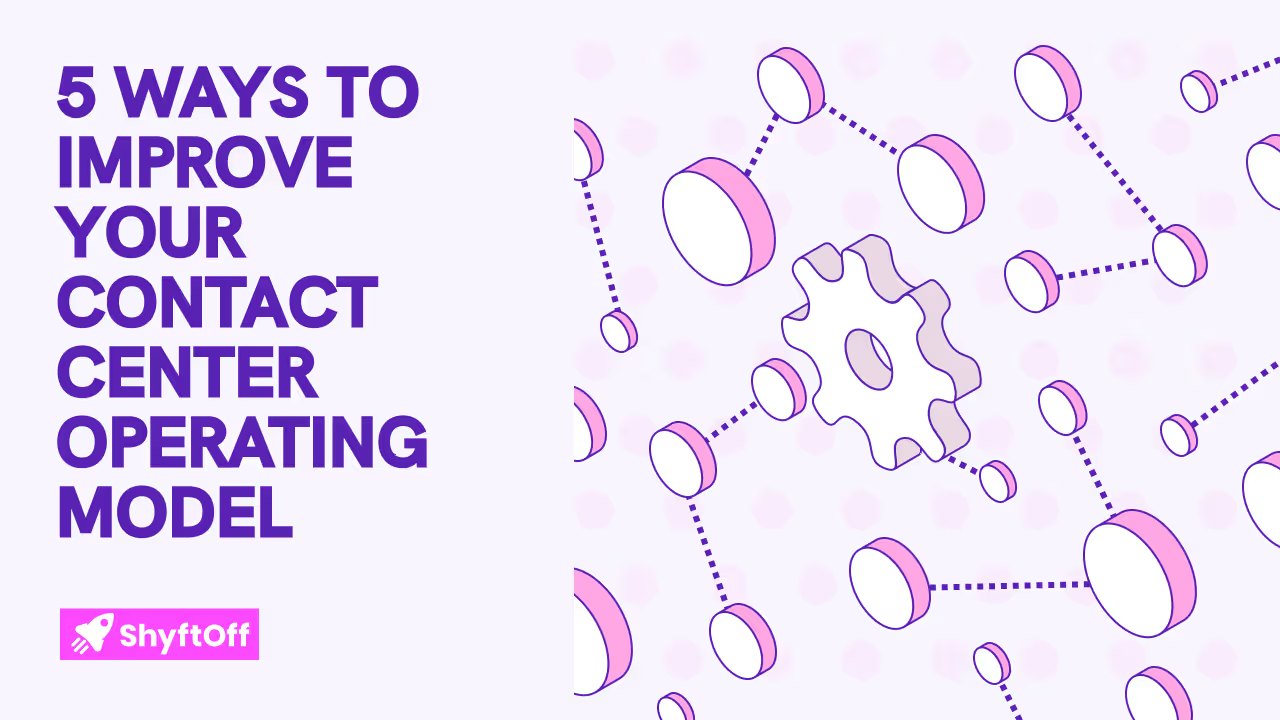





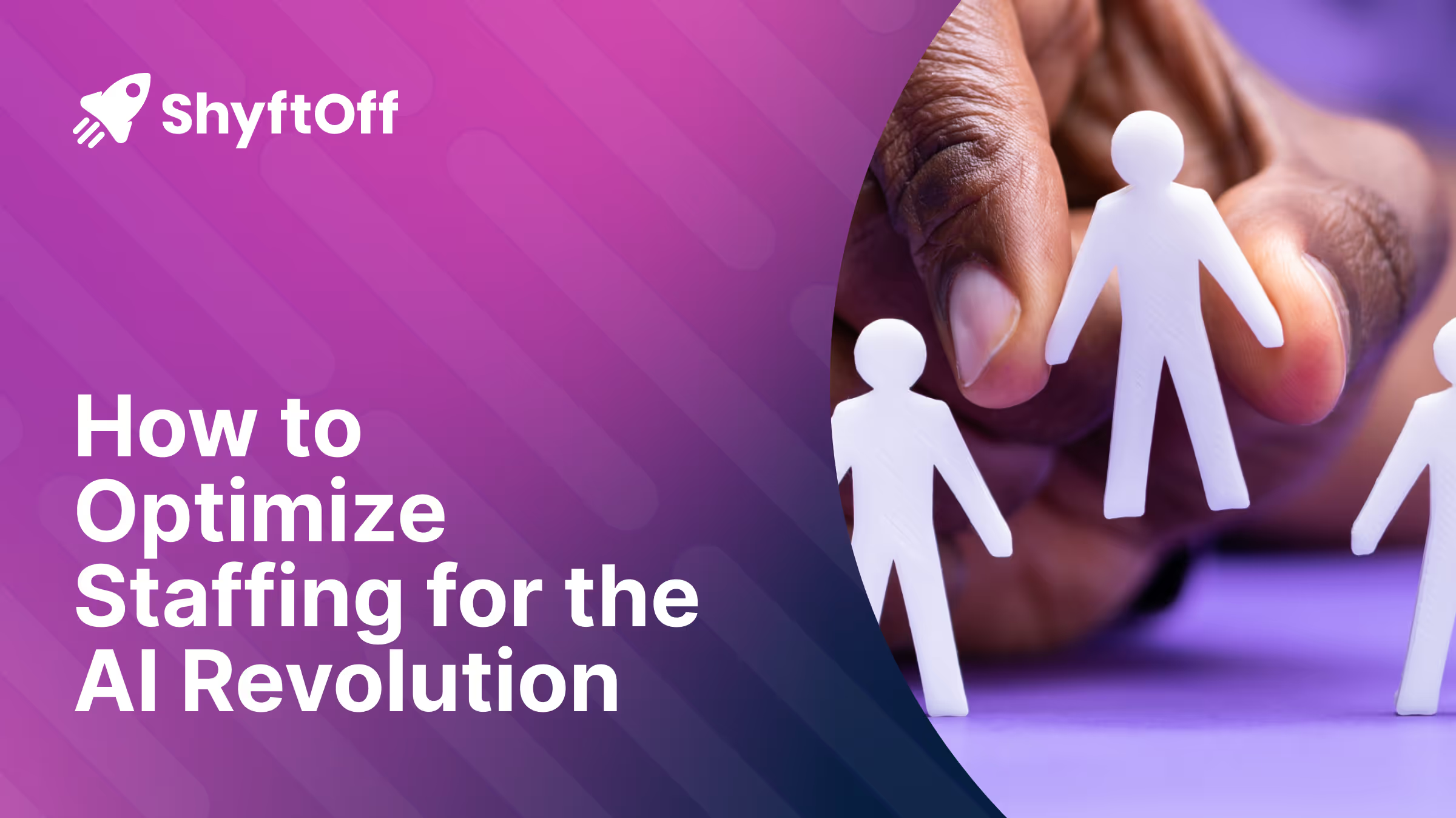
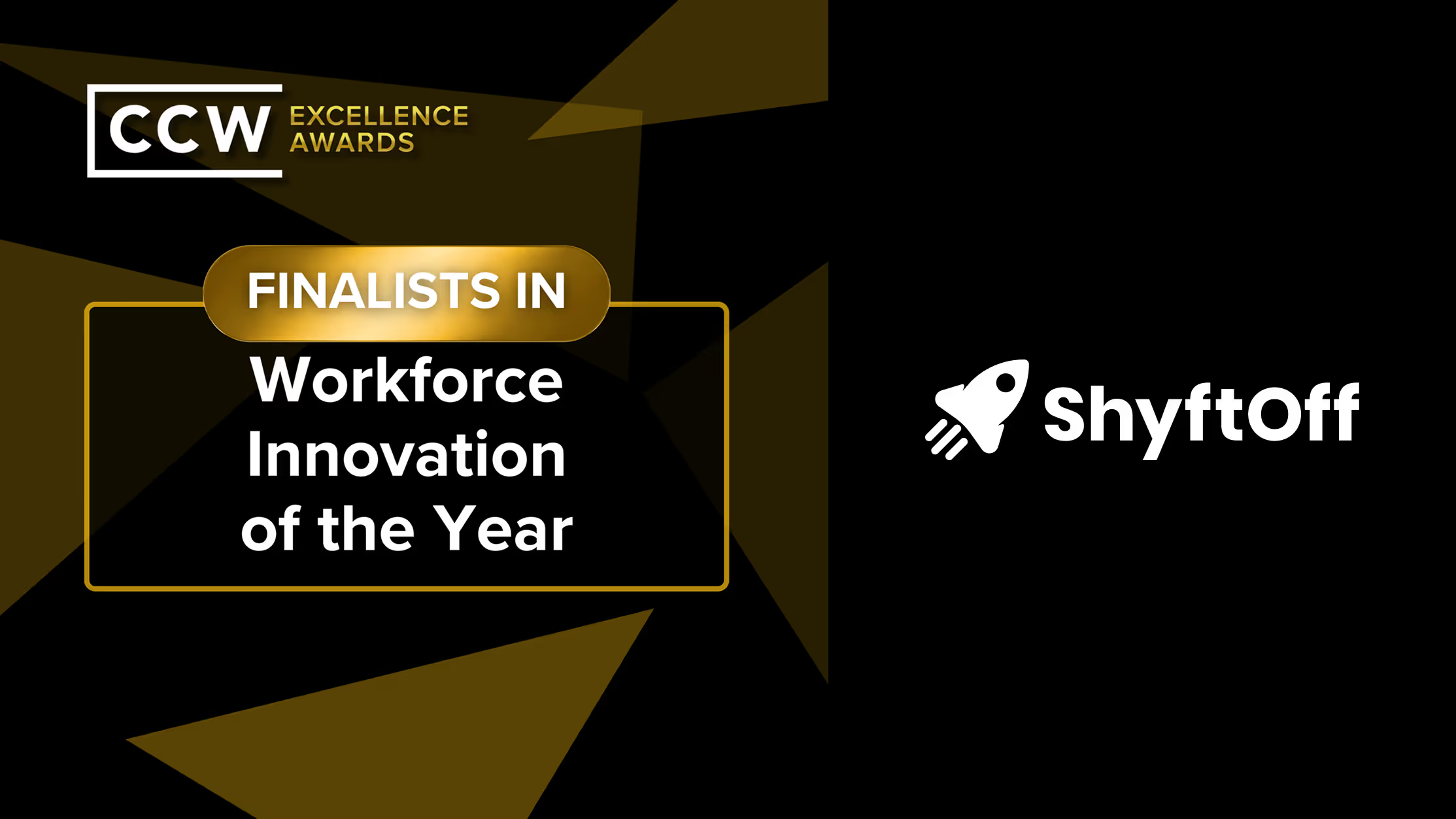



%2520(1)%2520(1).avif)





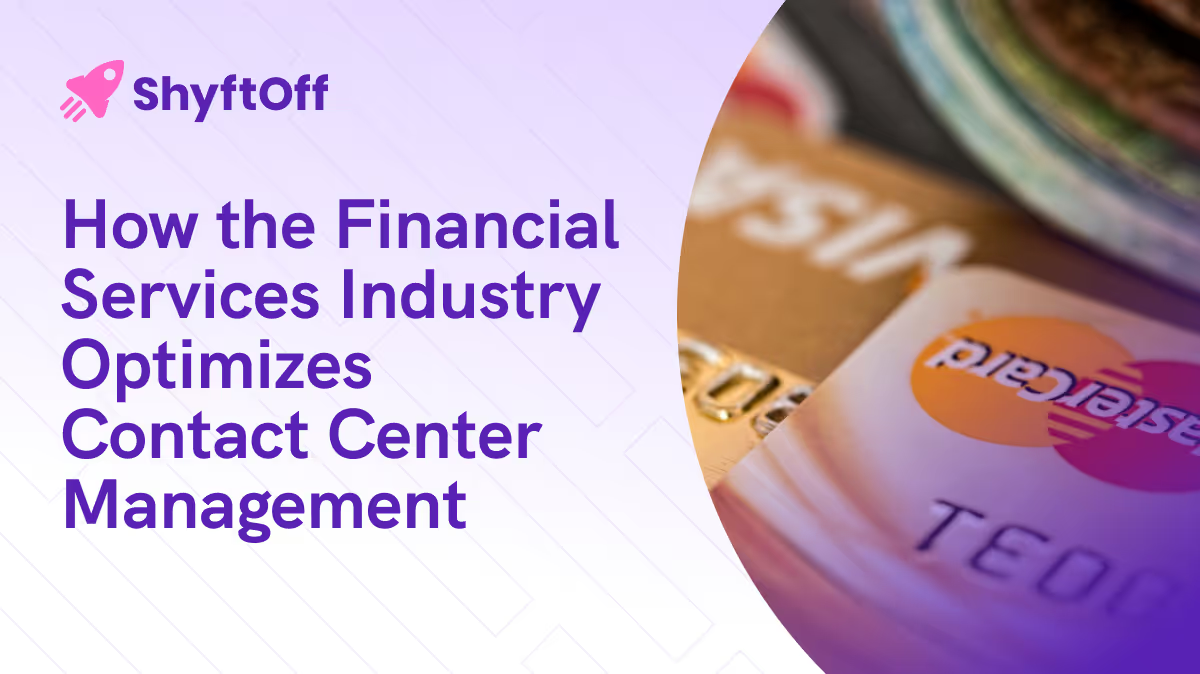
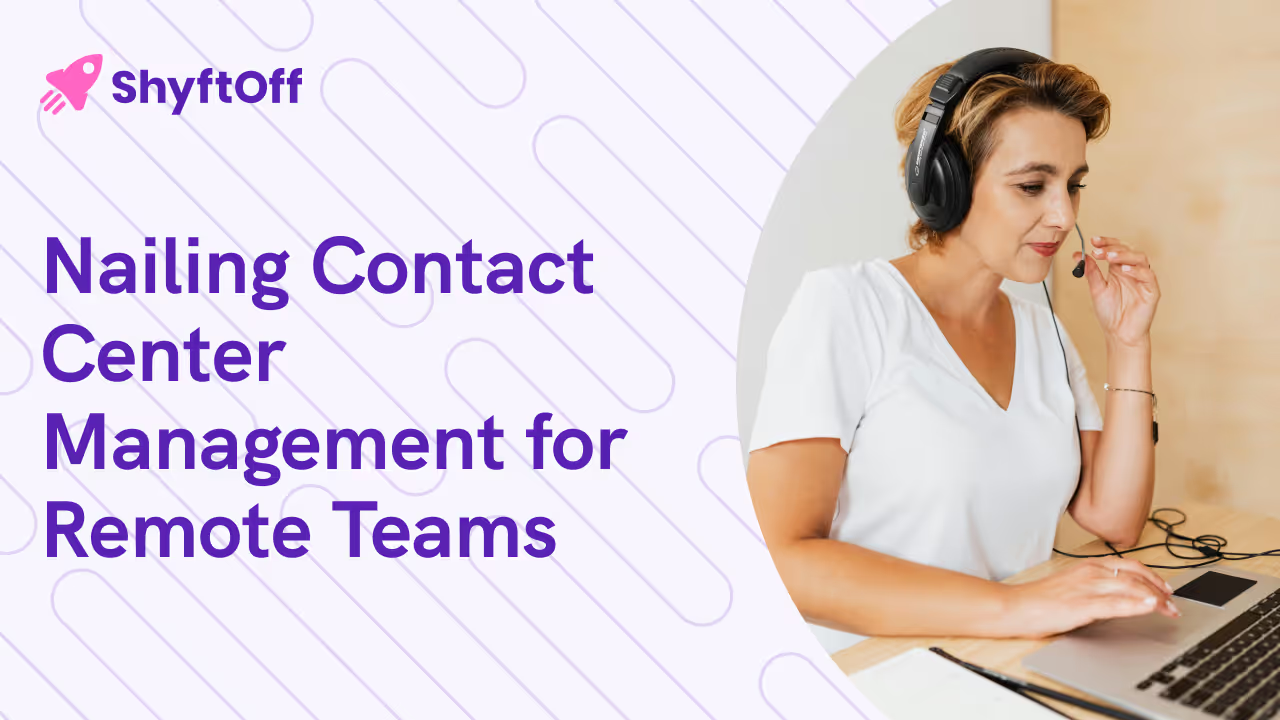

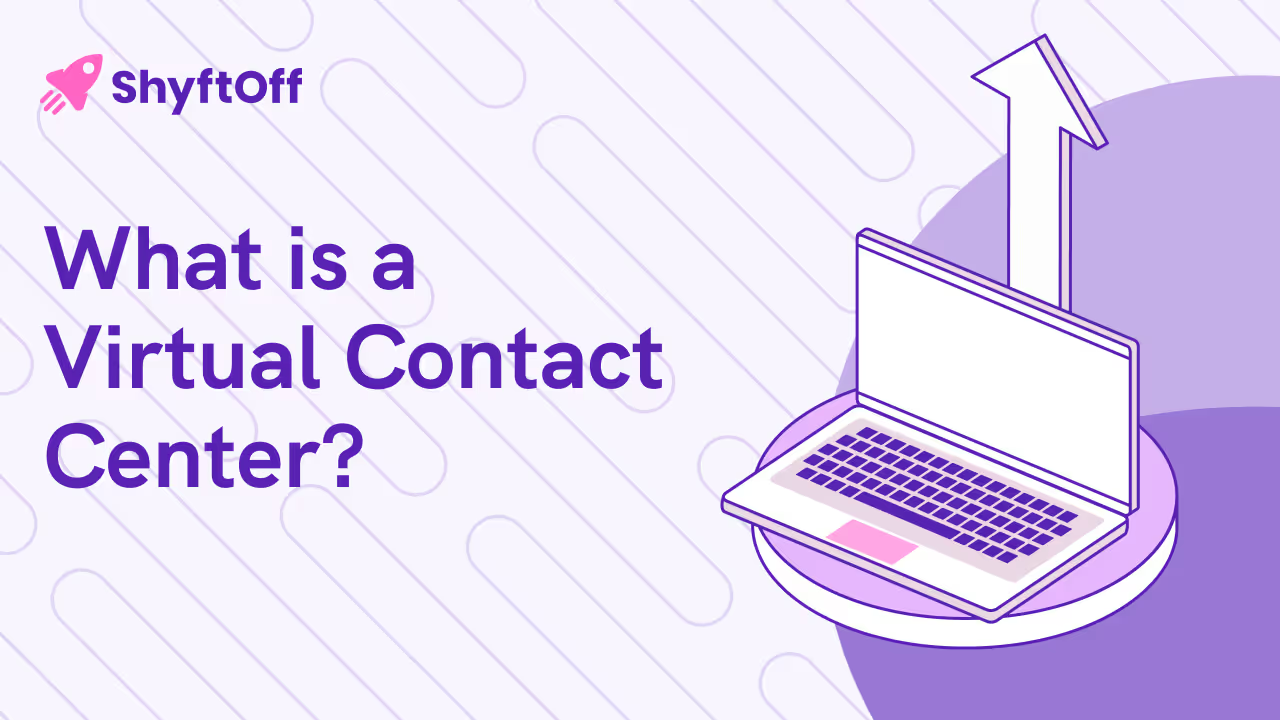
.avif)
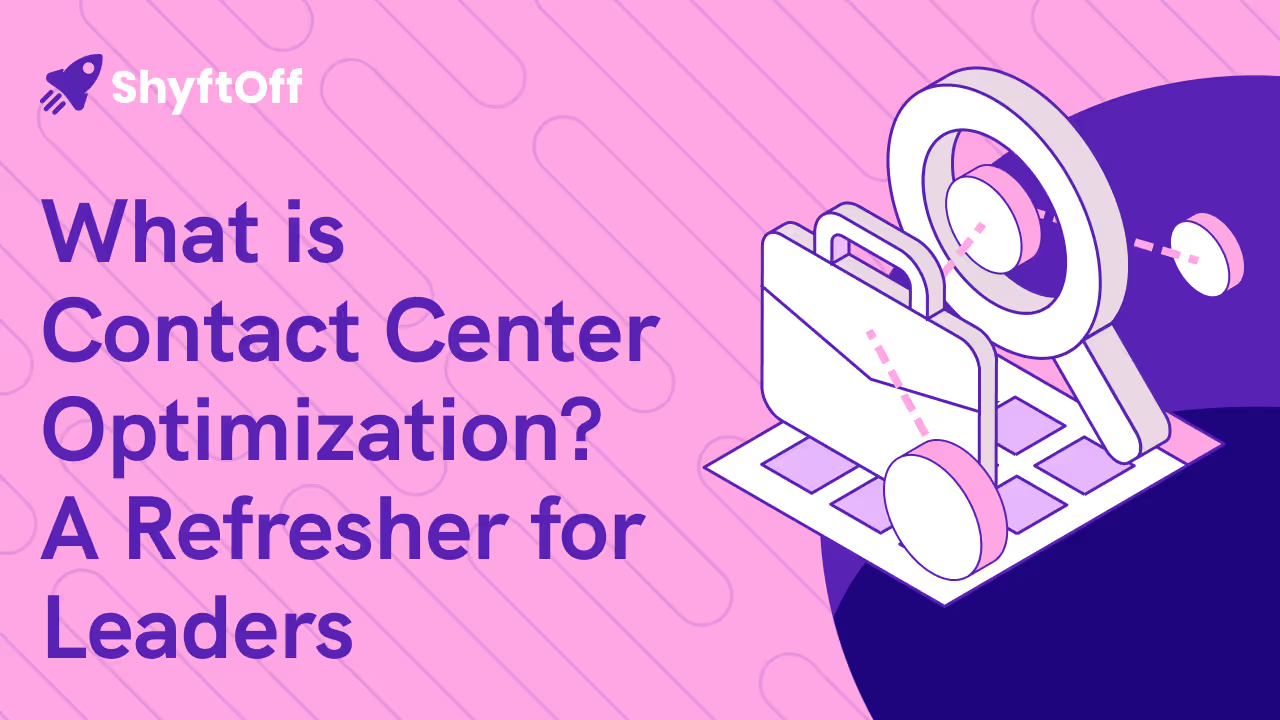

.avif)
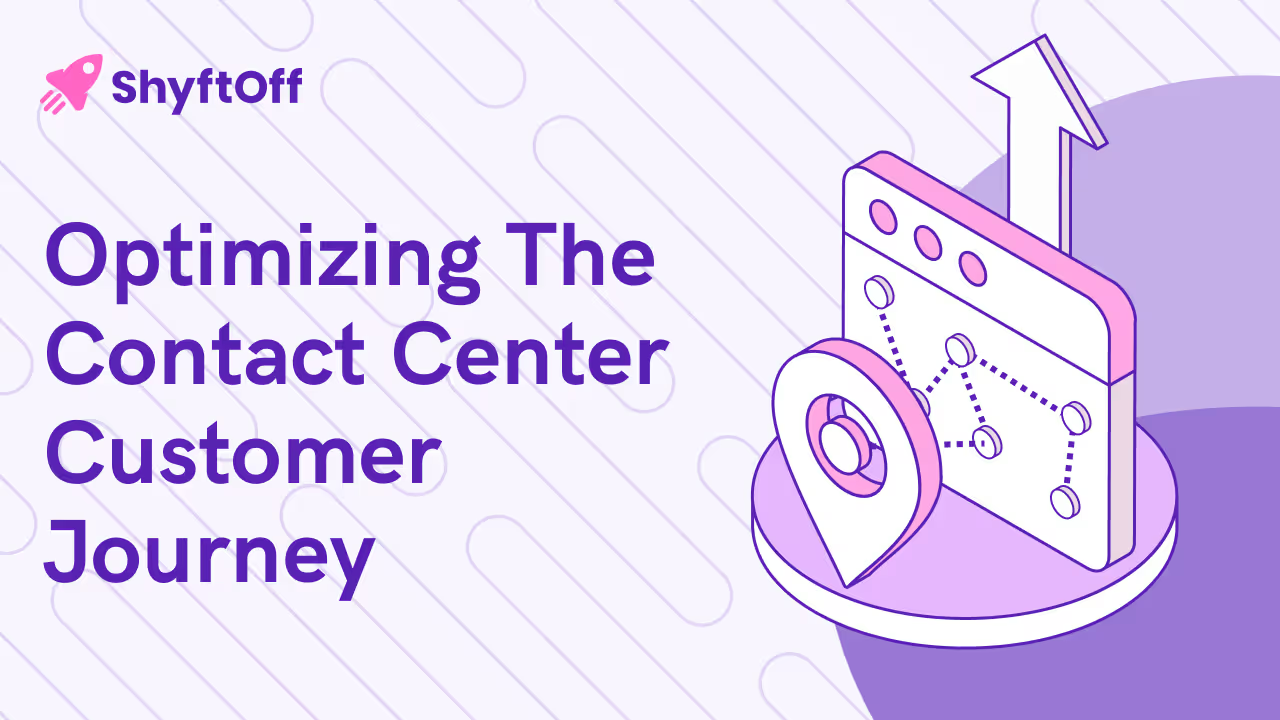
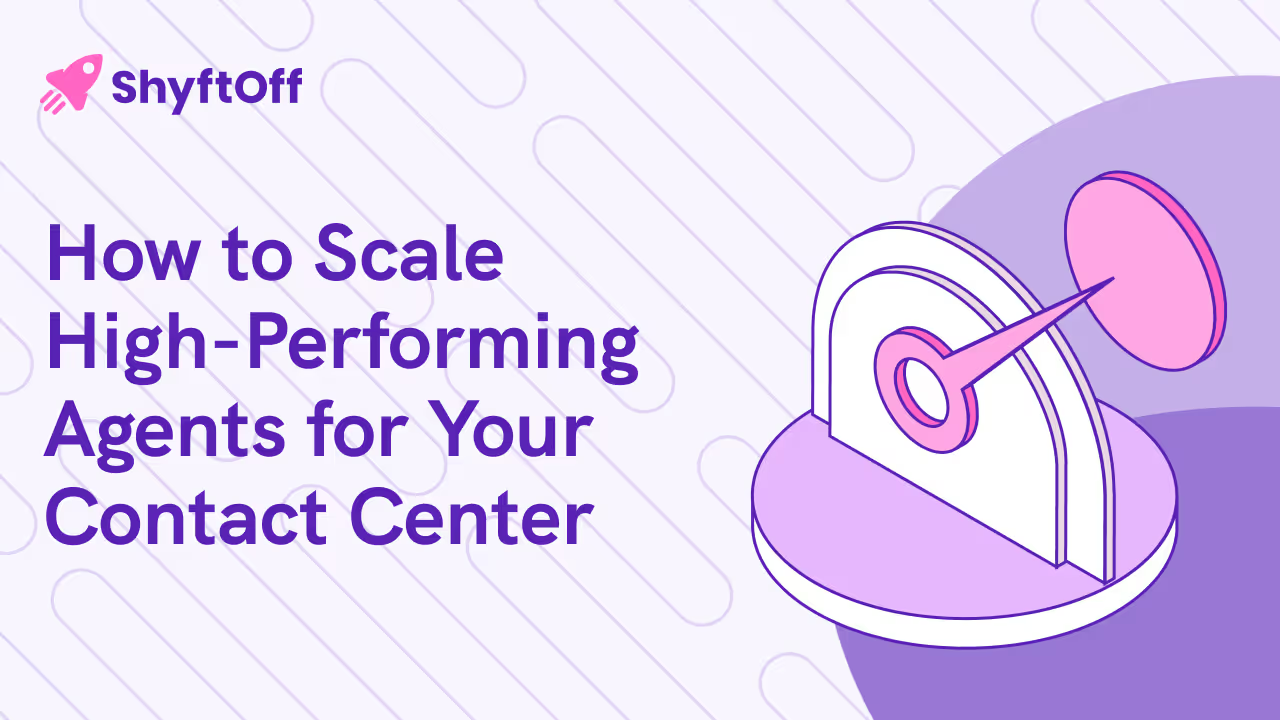
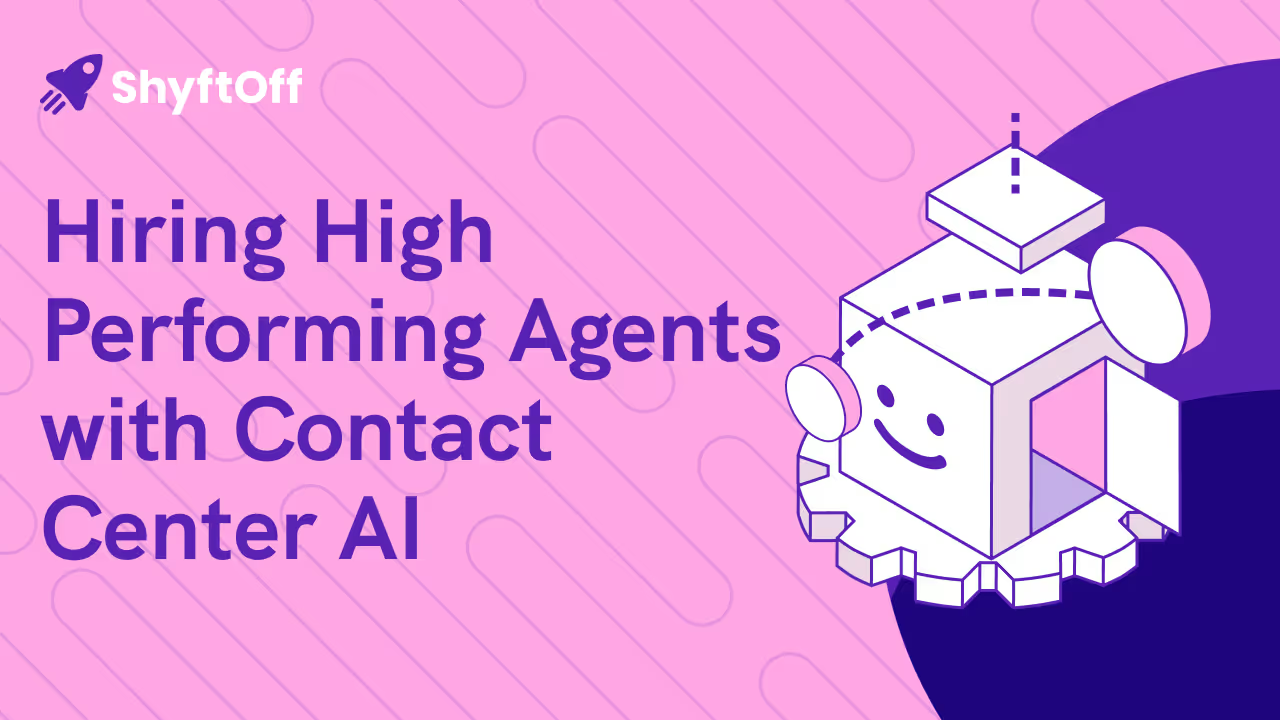
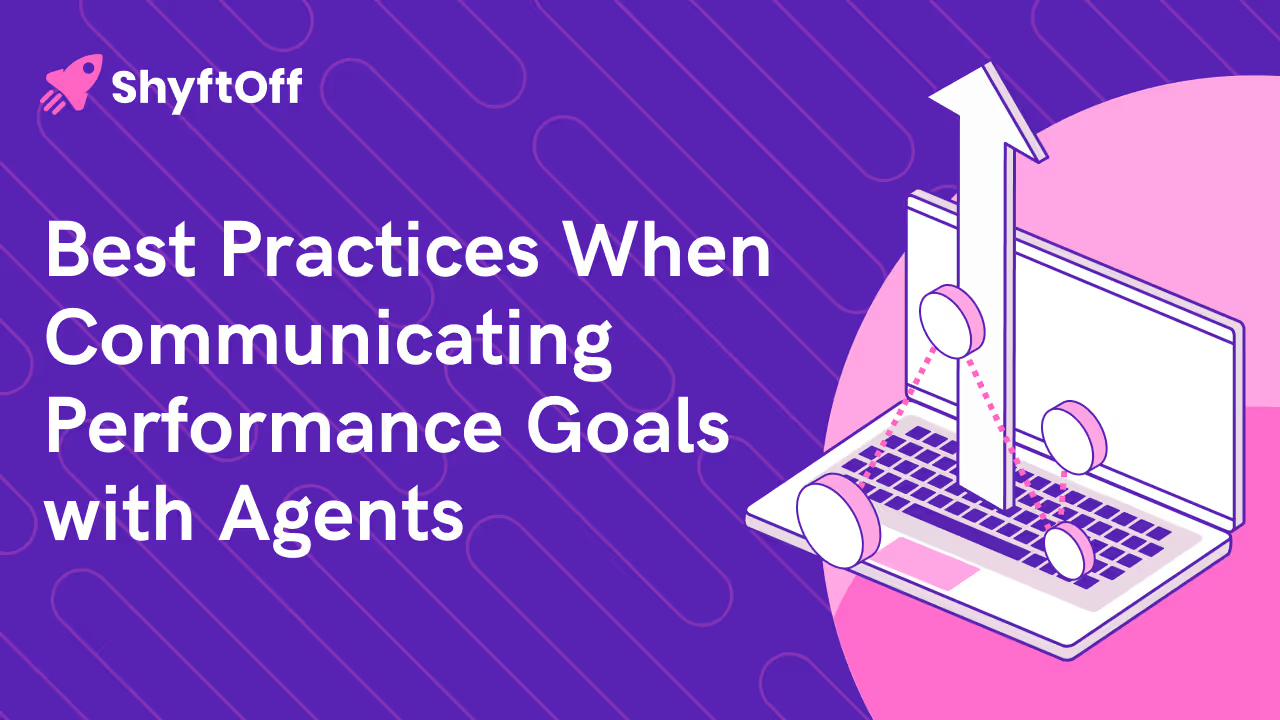
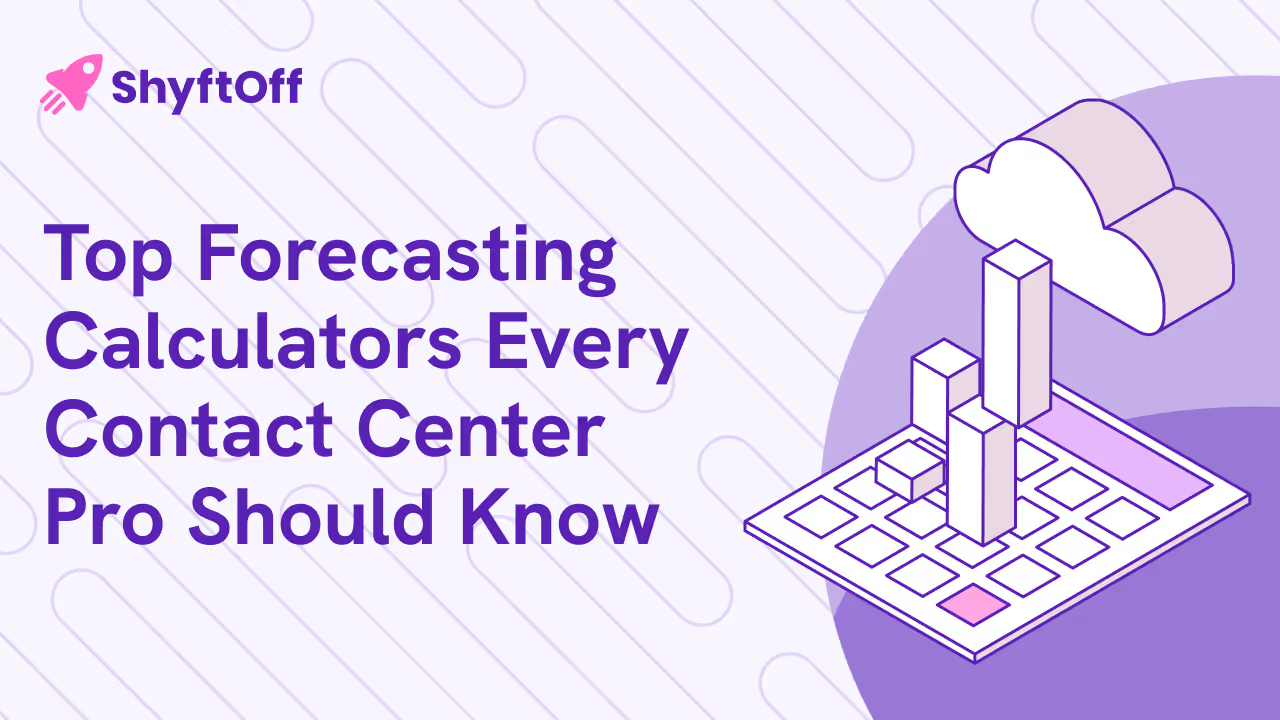
.avif)

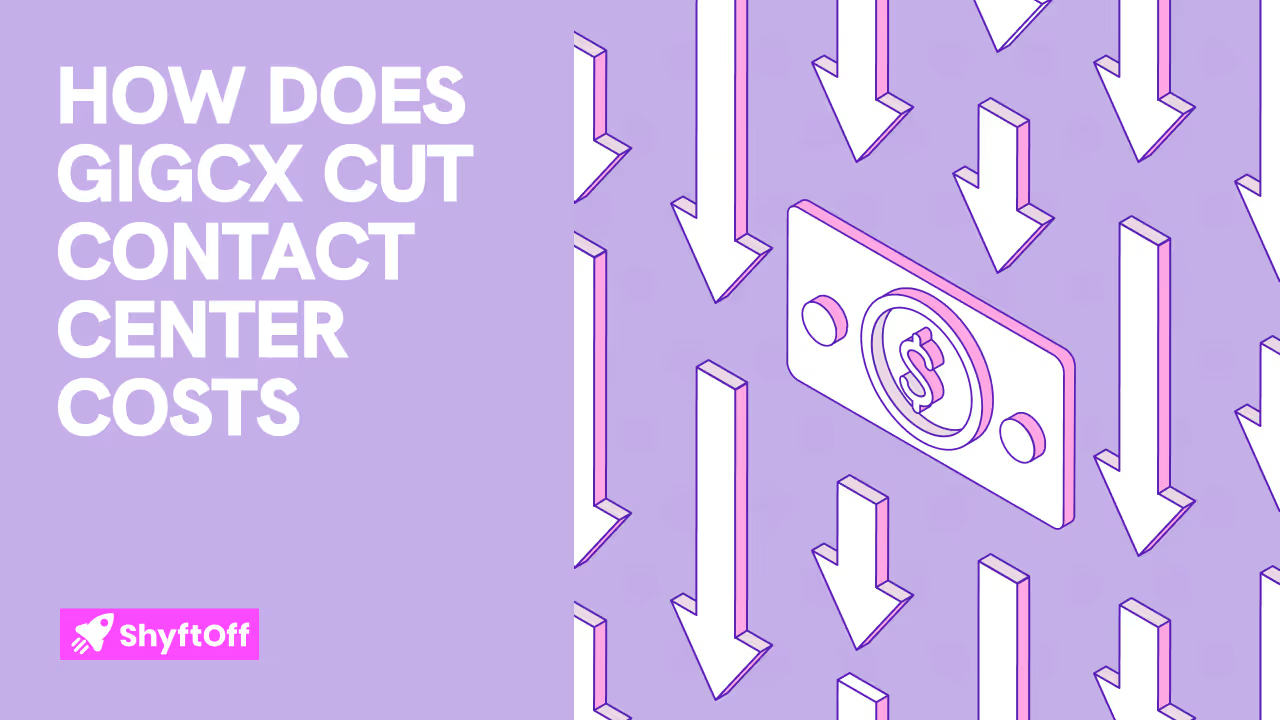
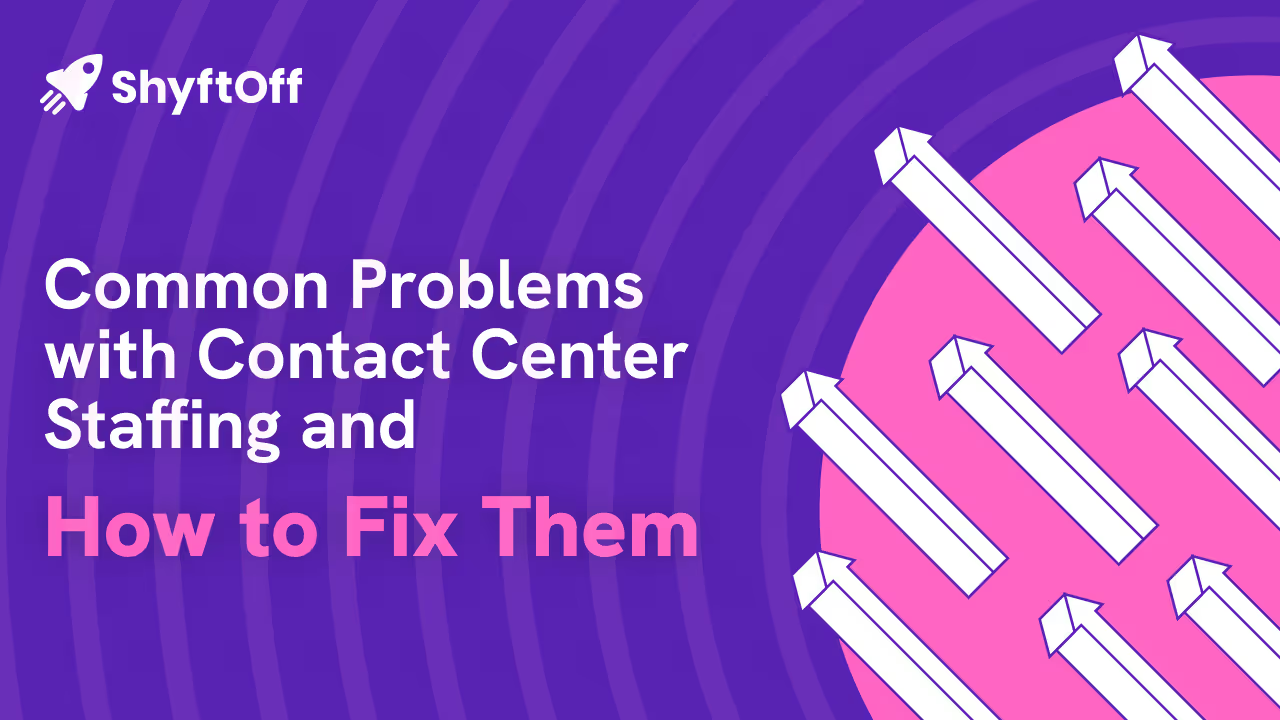

.avif)


.avif)



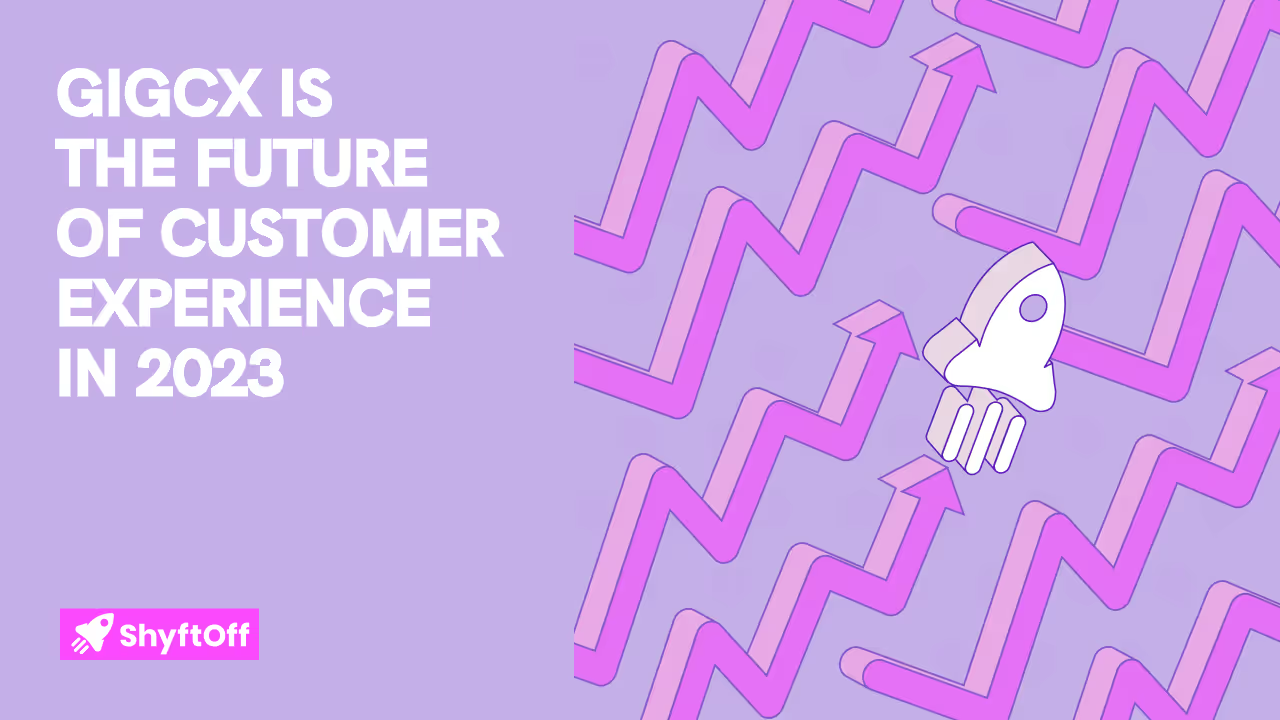
%2520(2).avif)






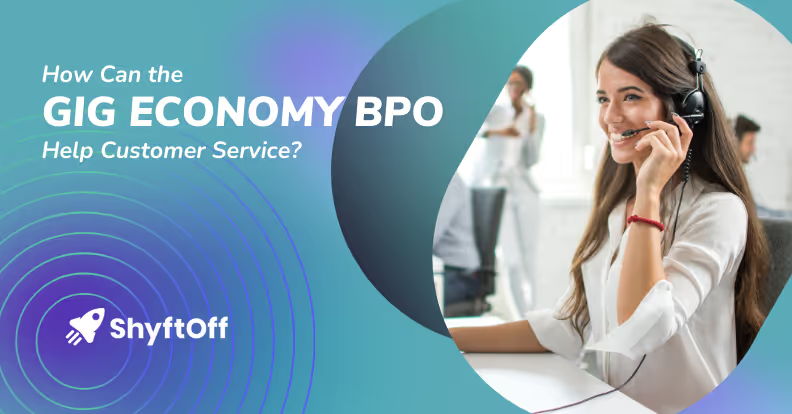

.avif)

